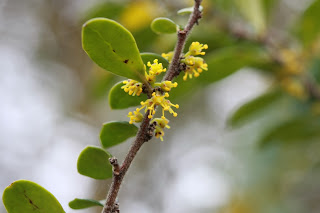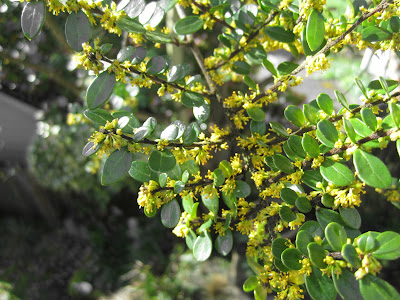
The exhibit Life, Liberty and the Pursuit of Happiness is at the Seattle Art Museum from February 26 – May 25, 2009. On display are hundreds items from the Yale University Gallery renowned collections of American art. The time period the exhibit covers is roughly the late 17th century to the late 19th century.
One of the “stars” of the show is the artist John Trumbull (1756 – 1843) whose painting The Declaration of Independence is an iconic American image. Trumbull’s paintings of key historic events of the late 18th hundred and particularly of George Washington alone could have been the basis of show themselves. Other standouts were the works by Thomas Eakins (1844 – 1916) including the striking rower depicted in John Biglin in a Single Scull (1874), the painting by Winslow Homer (1836-1910) Old Mill (The Morning Bell) (1871), and the photograph of the moon produced in 1864 by George Frederic Barker (1835 – 1910).
There were a couple of the challenges in viewing this exhibit. First, was its size. It is an ambitious presentation, too much to grasp in one viewing if you are going to stop and ponder the works. With pottery, glass, furniture, painting, photography as well as other media it can be a bit bewildering to keep focused. The second challenge with this exhibit is to set your expectation for a history lesson – more like different pages torn from a history book. Critical events in American history are rendered in different media. If you have a good grasp of American history then much of the exhibit might be “oh yeah, I remember that”. Else, you’ll be scratching your head trying to recall the significance of this or that event. By the time we got to prints on the subject of the Transcontinental Railroad and the large landscape paintings of the west by Albert Bierstadt (1830 – 1902) toward the end of the exhibit, we were a bit overwhelmed and couldn’t really appreciate them fully.
Overall, as a sampling of 200 or so years of American Art the exhibit is successful. But as a viewer you have to work hard to connect the dots in American history and make sense of it all. Try to view the exhibit in two or more visits if you can.
The Italian connection - there’s always one if you look, right? This time it was a miniature portrait by Trumbull of Giuseppe Ceracchi (1751 – 1801) – an Italian sculpture who came to the United States looking for commissions. Trumbull painted Ceracchi’s portrait as part of a series of small portraits used as studies for paintings. We are not sure if Ceracchi ended up in any of Trumbull’s large paintings, but Ceracchi did end up on the guillotine.













